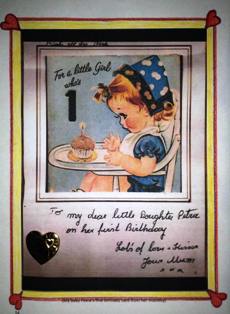This time round, she intends to put her creativity on a simple Mandala design. Mandalas are useful devices for concentrating with yourself and getting in touch with your own inner reality. The secret of connecting with your spiritual core is by use of color on a Mandala.
But how do you create a Mandala? You can use lines, dots, circles, and a few diamond shapes:
- Create a circle on a 4×4 canvas and using a lid as a template.
- Paint around the outside of the circle black and use the end of a paintbrush to create dots to fill your circle. Make sure you get the right size of the dot.
- You can use different shades of the same color family, complementary colors or otherwise. Though it is up to you, you can choose to add small dots around larger ones to define them.
- Be creative and experiment with dashes, diamonds, curved and straight lines and only stop when you are contented with your piece of work.












